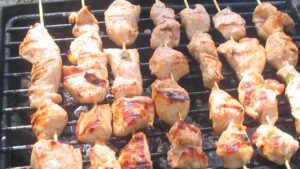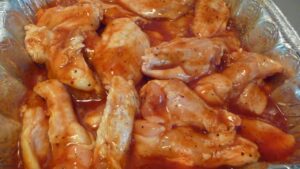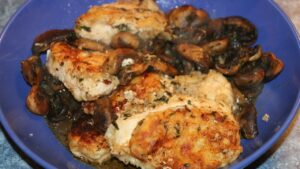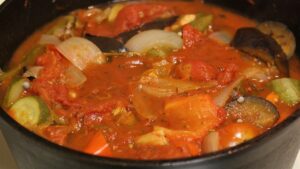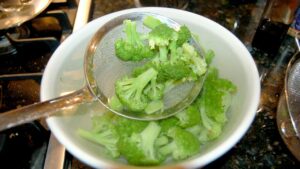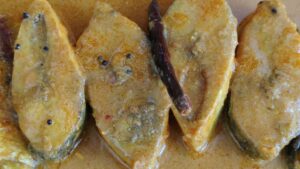What is Piercing?
Piercing is a cooking technique where small holes are made in the food either before or during the cooking process.
These holes allow marinades, oils, and heat to penetrate the food, resulting in enhanced flavor absorption and even cooking.
Piercing can be performed both prior to and during cooking to ensure that the food is properly cooked.
Key Takeaways
- Piercing is a cooking technique that involves creating holes in food.
- It aids in achieving even cooking of thick meats and other foods, allowing spices to penetrate deeply.
- Piercing can also help determine the doneness of the food through the use of injectors or thermometers.
- Successful piercing requires speed, accuracy, and knowledge of the proper positions to create the holes.
Understanding Piercing
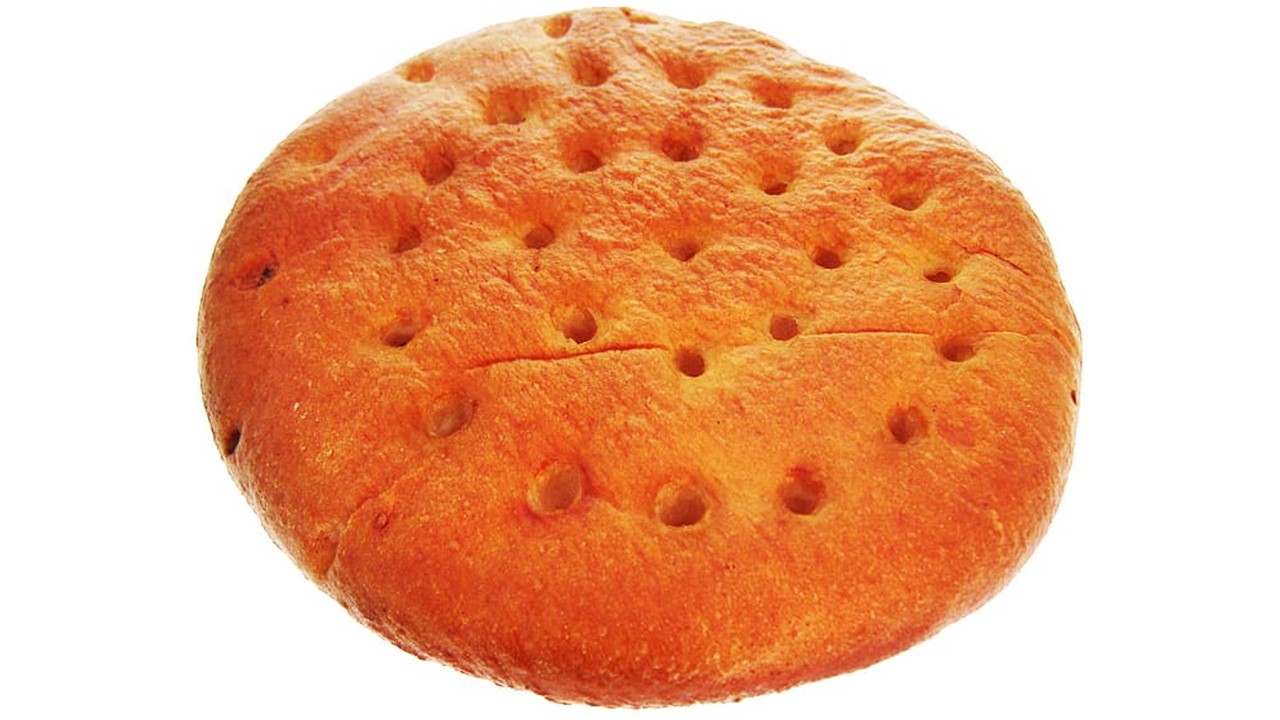
Piercing is a culinary technique with a long history, commonly used when preparing meat, baking pies, and cooking eggs.
The main purpose of piercing is to create small holes in the food, allowing heat and spices to penetrate the surface more effectively during cooking.
This process enhances the cooking method by facilitating better flavor infusion and improved texture.
Typically, a probe or injector is used to puncture the food. This technique can also help gauge the doneness of the food while it is cooking.
While there is no mandatory requirement for piercing, culinary experts like Bradley Smokers emphasize that cooking is a creative process aimed at achieving desired outcomes.
In the case of smoking meat, it is common practice to pierce the meat with a probe prior to placing it in the smoker.
The specific placement and extent of piercing depend on the cut of meat being prepared.
Piercing the meat promotes efficient absorption of ingredients, enabling them to penetrate rapidly and effectively.
Additionally, it aids in maintaining optimal cooking temperatures, preventing overcooking.
Importance of Piercing
Piercing is a cooking method that involves creating small holes in the food using a probe, ensuring the cooking process is executed effectively.
The probe is used to penetrate the meat, preparing it for cooking.
Absorption of Spices:
Piercing the meat facilitates the absorption of spices into the food, ensuring even distribution and enhancing the flavor profile.
This method helps the spices penetrate the meat, preventing them from remaining solely on the surface.
Temperature Control:
Probing or piercing aids in maintaining the desired cooking temperature, preventing the food from becoming overcooked.
It is important to note that this may not be applicable to all recipes, as some cooking techniques may not require temperature monitoring through piercing.
Tenderizing the Meat:
Piercing serves as a means to tenderize the meat. By creating small holes, heat is allowed to penetrate deeper into the meat during the cooking process. This method helps the meat become more tender over time.
Juices During Cooking:
There is a debate regarding the effect of piercing on the retention of juices in food.
While some argue that piercing allows the juices to escape, it can also facilitate controlled release of juices without compromising the overall integrity of the food.
Tips for Better Piercing
There are several important tips and tricks to consider when performing piercing techniques to enhance your cooking experience.
Depth of Piercing:
When piercing, it is advisable to go deep enough to avoid damaging the structure of the food. This is particularly crucial when working with meat, and for this purpose, a probe or injectors may be used.
Handling the Probe:
Carefully handle the probe with your fingers while inserting it for piercing. If you need to measure the temperature, insert the probe and leave it for 15 to 19 seconds to obtain an accurate reading.
Avoid Hot Contact:
Ensure that the probe does not come into contact with hot surfaces. It is also important to prevent it from touching any fat or bones, as this could affect the accuracy of the piercing.
Selecting the Thickest Part:
To accurately assess the temperature and perform the right piercing, identify the thickest part of the food. Choose a section that is at least one inch thick. When probing eggs or vegetables, target the thickest areas for accurate results.
Precision and Accuracy:
When performing piercing, it is crucial to be precise in terms of position and timing. This precision will help you achieve the desired outcome. Inaccurate probing can lead to undesirable cooking results.
Temperature Range:
The temperature range required depends on the type of meat being cooked. It is important to monitor the temperature and stop cooking when it reaches the appropriate level to prevent overcooking.
Speed and Resolution:
To achieve perfect and consistent piercing, it is necessary to work with speed and accuracy. Using the probe with appropriate speed and resolution will help you achieve optimal results in your cooking process.
Uses of Piercing in Indian Cuisine
In Indian cuisine, piercing is a technique employed in various dishes to enhance flavors, textures, and cooking processes. Here are some common uses of piercing in Indian cooking:
Marinating and Infusing Flavors: Piercing is often used to facilitate the marination process. By creating small holes in meat, poultry, or vegetables, the marinade can penetrate deeper, resulting in more flavorful and tender dishes.
This technique is commonly employed in dishes like tandoori chicken, kebabs, and tikka.
Cooking Eggs and Potatoes: Piercing eggs and potatoes before cooking them is a common practice in Indian cuisine.
The small holes allow steam to escape, preventing them from cracking or bursting during cooking.
Pierced eggs are often used in curries, while pierced potatoes are boiled, fried, or used in various preparations like aloo tikka or stuffed potatoes.
Deep-frying: In deep-fried snacks and street food, such as pakoras (fritters) and samosas, piercing plays a crucial role.
The holes created in the dough or outer covering allow steam to escape during frying, ensuring that the snacks cook evenly and achieve a crispy texture without becoming overly greasy.
Skewered Dishes: Skewering is a form of piercing used extensively in Indian cuisine, particularly in dishes like seekh kebabs.
By piercing the meat or vegetable mixture onto skewers, the ingredients cook evenly and retain their shape while imparting a smoky flavor from the grill or tandoor.
Steaming: Piercing is also employed in dishes that are steamed, such as idlis (steamed rice cakes) and dhoklas (savory gram flour cakes).
The holes in the batter or dough allow steam to penetrate and cook the mixture evenly, resulting in fluffy and soft textured delicacies.
Improving Cooking Techniques: Piercing can be used to determine the doneness of certain dishes, particularly meats.
By inserting a thermometer probe into the thickest part of the meat, the internal temperature can be monitored, ensuring that it is cooked to the desired level of doneness.
Enhancing Presentation: Piercing is sometimes done for aesthetic purposes as well. In dishes like paneer tikka or vegetable tikkis, skewers or toothpicks are inserted to hold the ingredients together and create an appealing presentation.
Piercing is a versatile technique in Indian cuisine, employed for marinating, cooking, deep-frying, steaming, and enhancing the overall flavor, texture, and presentation of various dishes.
It is a skillful practice that contributes to the diversity and richness of Indian culinary traditions.
What Food You Can Pierce Before Cooking?
There are various types of food that can be pierced before cooking for different purposes. Here are a few examples:
Meat: Piercing thick cuts of meat, such as steaks or roasts, can help in several ways. It allows marinades, spices, and seasonings to penetrate deeper, enhancing the flavor throughout the meat.
Piercing can also help tenderize tougher cuts of meat by allowing heat to penetrate more effectively.
Poultry: Piercing chicken or turkey before cooking can help the heat penetrate the meat more evenly, ensuring thorough cooking and reducing the risk of undercooked areas. It can also aid in the absorption of marinades and flavors.
Fish: Piercing fish fillets or whole fish can help in even cooking by allowing heat to reach the interior. It can also facilitate the absorption of marinades or seasoning, enhancing the overall taste.
Vegetables: Certain vegetables, like potatoes or root vegetables, can benefit from piercing before cooking. Piercing allows steam to escape during cooking, preventing them from bursting or becoming too soft. It can also help in faster and more even cooking.
It’s important to note that not all foods require piercing, and the decision to pierce should be based on the specific recipe and cooking method being used.
It’s always a good idea to follow the instructions provided in a recipe or consult a trusted cooking resource for guidance on whether or not to pierce a particular food before cooking.
Is the Food Tending to Lose Juices When Pierced?
When food is pierced, there is a possibility that some juices may escape from the pierced area.
The extent of juice loss can vary depending on the specific food item and the size and depth of the piercing. Here are some points to consider:
Meat: Piercing meat can cause some juices to escape, especially if the piercing is deep or large.
However, this can be advantageous in certain cooking methods, as it allows the juices to flow out, basting the meat and enhancing flavor.
While some juice loss may occur, it is often a trade-off for a more flavorful and tender end result.
Poultry: Piercing poultry, such as chicken or turkey, can also result in some juice loss.
However, it is important to ensure that the poultry is fully cooked to eliminate any potential food safety risks. Juices released during cooking can be used for basting or making sauces.
Other Foods: The extent of juice loss can vary for different types of food. Vegetables, for example, may release some juices when pierced, but the impact is generally minimal.
Eggs, when pierced before boiling, can cause a small amount of egg white to escape, but it doesn’t significantly affect the overall outcome.
It’s important to note that while piercing can cause some juice loss, it can also contribute to enhanced flavors and improved cooking results.
Ultimately, the decision to pierce should be based on the specific recipe, desired outcome, and personal preference.
Conclusion
Piercing is a cooking method which is widely used in the case of making pies, baking biscuits, pan-frying meat, and even piercing eggs and boiled potatoes before frying and then dipping them into the gravy.
Finally, piercing is a versatile cooking technique used to enhance flavors, textures, and cooking processes in various dishes.
It allows marinades and spices to penetrate food, aids in even cooking, helps determine doneness, and can contribute to tenderizing meat.
While some juice loss may occur when piercing certain foods, it is often a trade-off for improved flavor and cooking results.
The decision to pierce should be based on the specific recipe, desired outcome, and personal preference.

